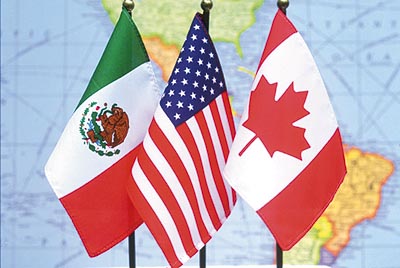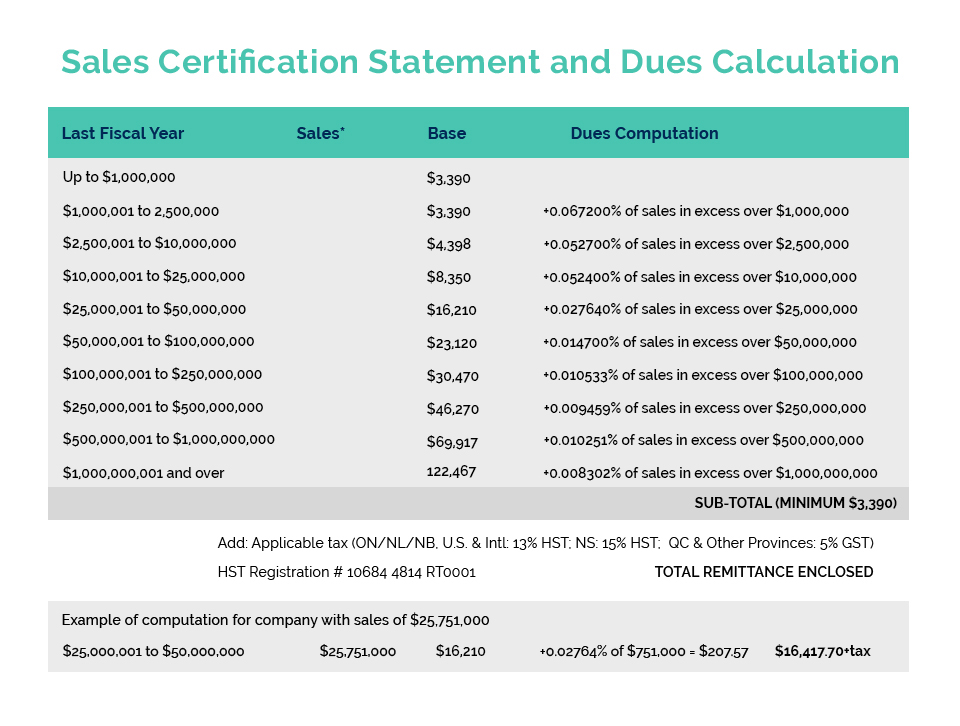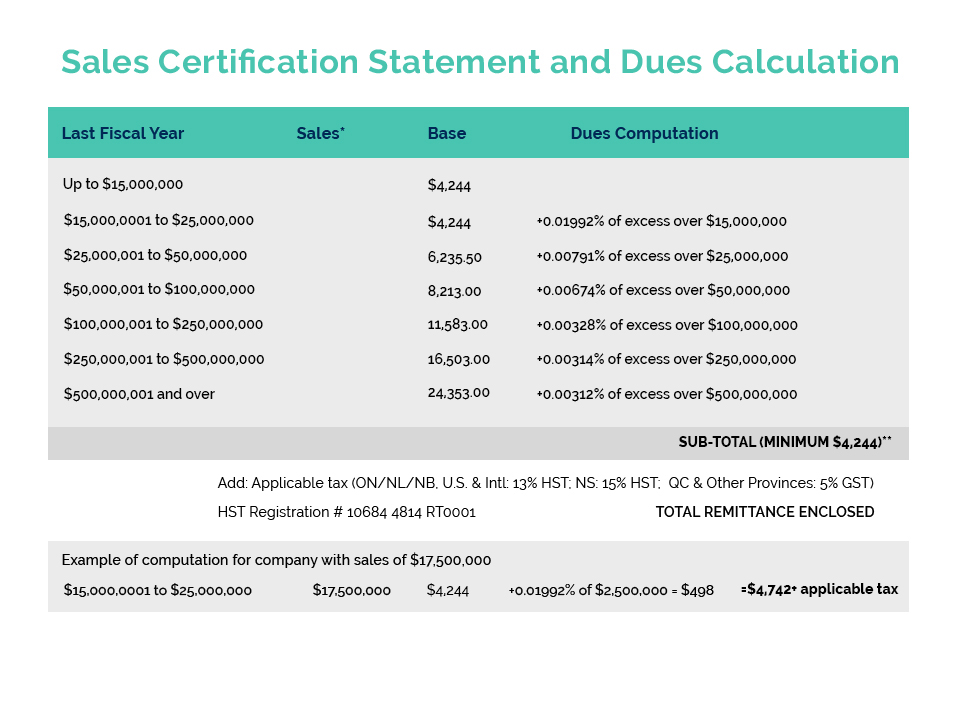October 11, 2017 – The U.S. Personal Care Products Council (PCPC), Cosmetics Alliance Canada (CA), and the Mexican Cámara Nacional de la Industria de Productos Cosmeticos y la Asociación Nacional de la Industria del Cuidado Personal y del Hogar (CANIPEC) strongly support the North American Free Trade Agreement (NAFTA), and are hopeful that the current negotiations will be used to modernize and expand the benefits to all our citizens.
The cosmetics and personal care products industry is an internationally integrated industry, dependent on open markets and transparent, consistent regulatory environments around the world. International trade is a critical component to the success of our industry. Trade significantly contributes to our ability to expand manufacturing and employment both here and abroad, and to achieve scientific and technological innovations that benefit consumers worldwide.
NAFTA has contributed significantly to the long-term health of our industry. Since NAFTA’s inception, trade in cosmetic and personal care products has increased 400%. Those gains have continued in more recent years: between 2005 and 2015, intra-NAFTA trade in our sector increased by 66%, from nearly $3 billion in 2005 to over $5 billion in 2015.
A NAFTA Cosmetics Chapter
Our industry supports an ambitious agenda for “NAFTA 2.0” that eliminates remaining trade and regulatory barriers for cosmetics and personal care products and also establishes new models for cooperation that will allow NAFTA regulators to address emerging science and technological issues affecting our industry.
A NAFTA Cosmetics Chapter should uphold NAFTA partners’ commitments to a risk-based approach for the regulation of cosmetics products, including open and transparent regulatory procedures; prohibiting animal testing where valid alternatives exist; and, fully aligning ingredient labeling requirements around the International Nomenclature of Cosmetic Ingredients (INCI)[1]. We also support the establishment of mechanisms for ongoing regulatory cooperation and consultation between cosmetics regulators, with input from industry and other stakeholders.
As part of improved regulatory alignment and collaboration, our industry also supports the expansion of NAFTA provisions for the temporary access of business persons to include regulatory practitioners.
U.S. and Canada Agreement on Cosmetic-like OTCs
Our industry also supports further alignment between the United States and Canada on regulations affecting cosmetic-like Over-the-Counter (OTC)/non-prescription drug products. Mexican regulations do not identify such a category. Subject to each country’s official language requirements, a U.S.-Canada agreement to accept products complying with each other’s monographs, beginning with drug facts’ labeling requirements; to eliminate redundant quarantine and re-inspection requirements, and to accommodate packages complying with each other’s standards, would assure that NAFTA’s promise reaches this important product category.
###
Media Contacts:
Cosmetics Alliance Canada – Susan Nieuwhof, snieuwhof@cosmeticsalliance.ca
CANIPEC – Carlos R. Berzunza Sánchez, crb@canipec.org.mx
Personal Care Products Council – Lisa Powers, powersl@personalcarecouncil.org
[1] The International Cosmetic Ingredient Dictionary (INCI) provides a comprehensive listing of ingredients used in cosmetic and personal care products for the benefit of consumers, regulators, and manufacturers. It contains more than 13,000 labeling names that are cross-referenced to nearly 60,000 trade and technical names and 3,000 suppliers from 91 countries. The need for uniformity in cosmetic ingredient nomenclature has been recognized in countries around the world. There are numerous benefits to a uniform system of labeling names for cosmetic ingredients, including the consistency and transparency provided to consumers as ingredients are identified by a single labeling name regardless of the national origin of the product. Scientists and dermatologists are also ensured that information will be referenced by a uniform name, eliminating the possibility of confusion or misidentification from the use of multiple names for the same material.
Click to Print: News Release








